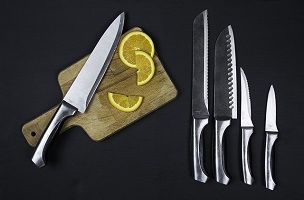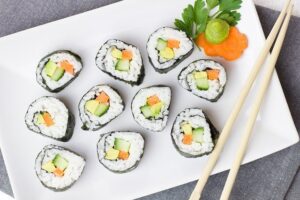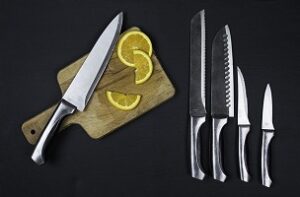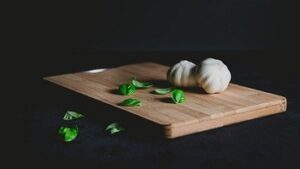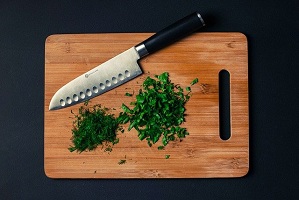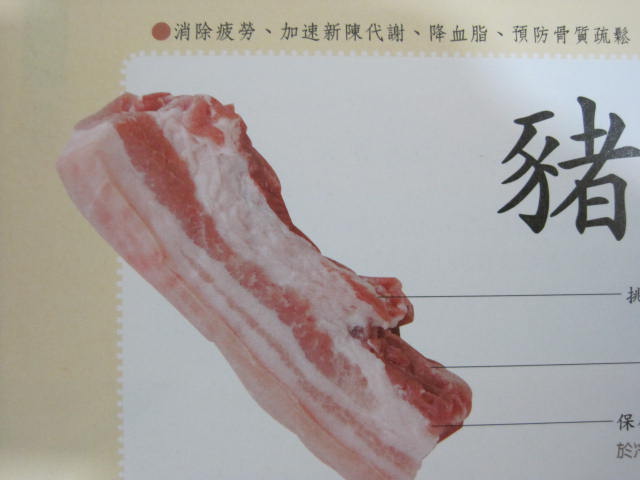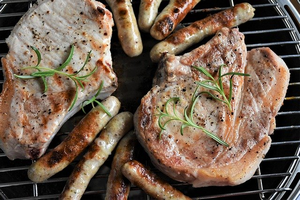Cooking Cutting Techniques For Beginners
We all know that cooking is fun but some of us don’t really know how to become more proficient at it. For example, we may know how to peel an onion and cut the potatoes but when it comes to other things such as cooking a whole chicken or making soups, sauces, or desserts, we lack the knowledge required to make our food more delicious and healthy. It is often the case that we buy a great recipe book or spend loads of money on a cooking DVD only to find that it doesn’t really give clear instructions on how to prepare certain foods. In this article I would hope to explain some simple cooking cutting techniques that will help you make your meals a lot more tasty, nutritious and easy to make.
Rice Koji
If you want to learn some cooking cutting techniques, one of the easiest ways is to start cooking with rice koji. Rice koji is a type of vinegar, which can be made from soybean oil or white vinegar. Although koji tastes sweet, it provides a great source of antioxidant vitamins A, C, B, D & E which can improve your health as well as cut down on the risk of developing cancer. It is commonly available at Asian supermarkets or you can order it online.
Right Type Of Knife
Another one of the simple cooking cutting techniques is to use the right type of knife for the food item being cooked. A blunt knife is not recommended for cutting thicker foods such as stews, as it will cut into the food and could cause damage. Also using a heated knife can cause burn marks and leave an edible bits. To avoid damage to delicate items such as tomatoes, simply place them on a plate instead of directly on the table. A heated vegetable peeler is also useful for removing the skin from vegetables before cooking.
Right Cutting Board
The third technique is to use the right cutting board for the food you are cutting. When making vegetable dishes, it is important to use a board with a narrow, thin and sharp edge. For example, if you are cutting carrots for a recipe, a vegetable peeler will produce more uniform results. If you are preparing potatoes for a recipe, then a board with a flatter surface will be more suitable as this will minimize the chance of your food without taking on an uneven shape.
Bias
Another technique that should be applied when cutting any type of food is to use a bias. A bias is a metal or wooden board that is used specifically to help the food is sliced without leaving areas of raw edge exposed. Bias boards can be purchased at most garden centres and come in two different types – a right-handed bias and a left-handed bias. Typically a right-handed bias is used for cutting thicker items, while a left-handed one is used for preparing softer foods. This method ensures that the raw edge does not ruin the dish.
Small Knife
If you are making roasting chops or similar items, then you need to use a small sharp knife. However, if you are cutting small irregular pieces of food, such as fish or small veggies, then you may find that using a small sharp knife is best. The small irregular pieces will easily go through your small knife and will leave your food item looking unappealing. Cutting small irregular pieces with a large knife can lead to unevenly cooked vegetables or meat.
Rounded Blade Knife
When cutting a piece of raw fish, always use a knife with a small rounded blade. This will help keep the food item from sticking to the knife. Cutting a fish with a blade with a larger flat side can cause the item to stick to the knife. Cutting a food item without a blade is also very dangerous as the item can easily be cut by the cleaver or other sharp object that is lying next to it.
Vertical Wooden Cutting Board
Cutting celery is slightly different to cutting other vegetables. To cut celery, you must use a vertical wooden or metal cutting board. When cutting celery, make sure that the board is straight and doesn’t tilt towards the person who is cutting. It is a common mistake to angle the board downward when using it to cut celery. Also, when using a wooden or metal cutting board, use the same cutting motion (either chopping or stroking) to cut thin slices of celery.

